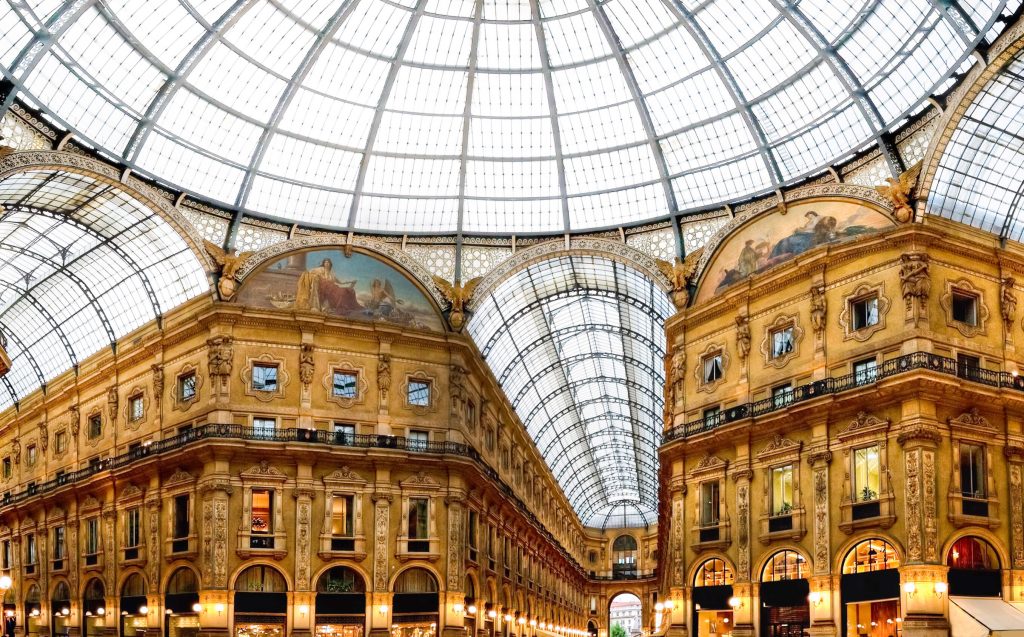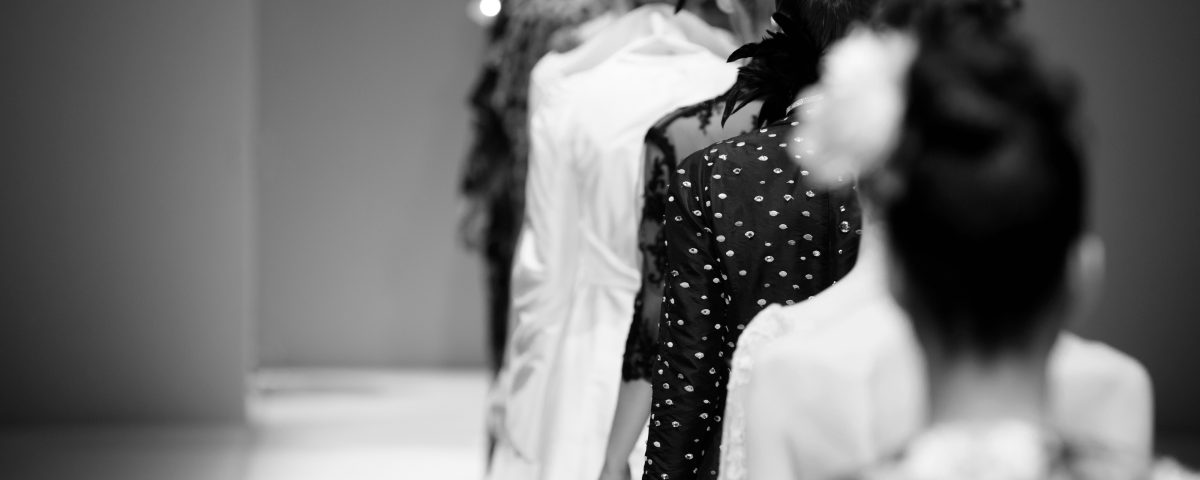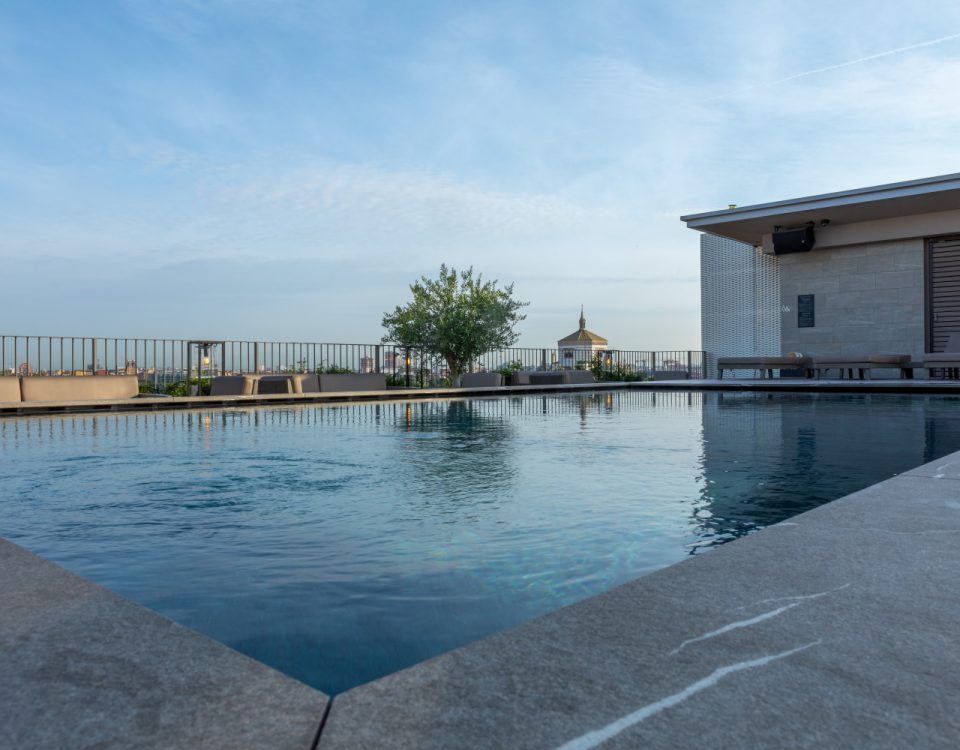
An Aperitif Overlooking the City Skyline at the VIU, a 5-star Hotel with a Panoramic Terrace
April 27, 2023
Between Sustainability and Natural Parks in Milan: Summer in the City Has Never Been So “Green”
July 6, 2023The economic boom proclaims the rise of Milan as the fashion capital. It is precisely the city of Milan, chosen by many Italian publishers as its headquarters, to establish itself, thanks to the synergy between fashion and newspapers, as a reference point for Italian style.
Fashion, in this way, is transformed, becoming a cultural industry within which the “well done” mixes with intellectual thought, becoming, in some ways, thanks to the historical period, also a social manifesto.

1967 represents the passage that many insiders consider crucial. In that year, the city saw the birth of one of those realities destined to change forever the concept of fashion: the Elio Fiorucci store in Galleria Passarella. He is considered the eclectic pioneer of the Milanese style and able, like no other, to intercept trends and translate into a space that, in addition to having received the blessing of Andy Warhol, is described by many as transgressive, colorful, and pop. But these are also the years of Mila Schön, the lady of the style that dresses the women of the Milanese bourgeoisie: her garments, elegant but dry, linear and without frills, are the first glimpse of the Milanese style today copied all over the world, essential and loved, at the time, by some of the most famous and elegant women ever, Jacqueline Kennedy in the first place.
The transition from the seventies to the eighties consecrates Milan as the city of fashion on a par with major metropolises such as Paris, London, and New York. The credit goes to three great designers, nicknamed “the three G’: Giorgio Armani, who reaches the Olympus of style dressing Richard Gere in American Gigolò, Gianfranco Ferrè and Gianni Versace, young visionary of Calabrian origins and inventor, a little later, of an international phenomenon: the top models.
From here on Milan reach its maximum stylistic, artistic, and cultural splendor.
The city is transformed into what is called “Milan to drink” made of trendy and exclusive clubs and the successful young people known as “yuppies”. In this scenario, Milanese fashion continues to grow, seeing the emergence of talents such as Krizia, the brilliant Franco Moschino, and the iconic Domenico Dolce and Stefano Gabbana.

With its “fashion district” (Via Monte Napoleone, Via Alessandro Manzoni, Via della Spiga, and Corso Venezia) Milan is still the place where the best designers exhibit their surprising creations and is also considered one of the “big four” that is one of the four capitals in the center of the international scene (besides New York, London, and Paris), famous because twice a year they host the “fashion weeks”.
These events are considered the most important in the world because next to fashion houses with a consolidated and prestigious reputation, followed with affection by the loyal, new designers parade with original and trendy creations, much appreciated by buyers and journalists. The fashion week takes place twice a year in the individual capitals in the period September/October, for the fashion shows related to the spring/summer – and February/March collections, for the autumn/winter collections.




